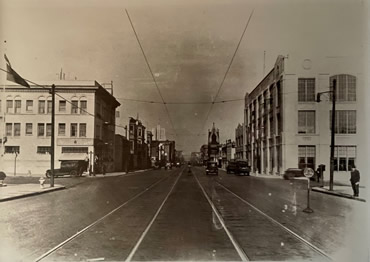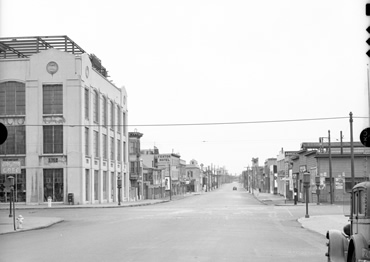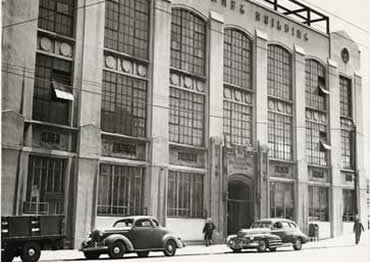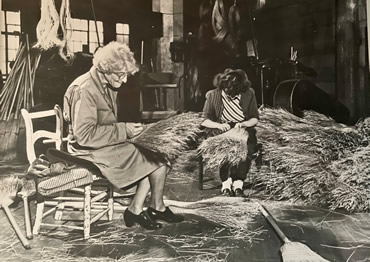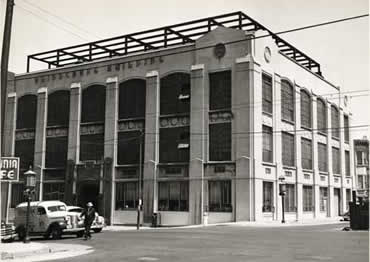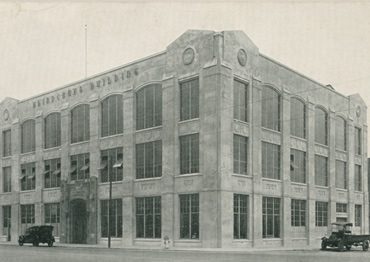
The site of the Lighthouse building is in a former tidal marshland which extended from the Mission Bay - now China Basin - north to about Market Street. In the mid-1800s the area was reclaimed by dumping dune sand over marshland vegetation and bay mud deposits. After the 1906 earthquake, additional fill containing rubble and building debris was placed over the dune sand fill.
The building, then also known as the Blindcraft Building, was constructed in 1924, largely with funds donated by the wealthy Cowell family. Owned by the San Francisco Association for the Blind, the "Blindcraft" trademark was created due to the growing production of brooms and baskets.
Not long after completion, recurrent settling forced the removal of the first floor slab and installation of a two-foot thick mat foundation in a short basement. A fouth floor was later proposed but never undertaken. The exterior ornamentation is simple with the exception of a gothic inspired terra cotta entrance portal on Howard Street. The building is designated a Category III contributory landmark structure.
The San Francisco Association for the Blind provided programs and services for the blind. Historically, that included the manufacture of small items for contracted sale, including brooms, baskets, and furniture produced by blind workers. They began teaching braille, instructing white cane technique, and providing counseling services. This made the organization quite unusual for the time, because during the early and mid-20th century, blind people doing any kind of work was unheard of. The industrial opportunities the organization provided for blind persons at the time were considered the most progressive options available at the time.
In the 1950s, Recreation for the Blind, Inc. and the San Francisco Association for the Blind merged to become the San Francisco LightHouse for the Blind. In the 1960s, the LightHouse further expanded its employment opportunities to include deaf-blind individuals, and in the 1970s, the agency collaborated with ophthalmologists at Pacific Presbyterian Medical Center to establish experimental services for people with low vision. The organization now operates as the LightHouse for the Blind and Visually Impaired, in the heart of downtown San Francisco.
In 1982, and again in 1989, attempts were made to renovate the building, but ultimately abandoned when the San Francisco LightHouse for the Blind merged with the Rose Resnick Foundation and relocated. The building remained vacant from 1982 to 1996 when rehabilitation began for its present use as twenty-two (22) live/work loft condominiums.
The first floor area, currently occupied by units 101, 102, and 104 were administrative offices, while the area of unit 103 was a lounge containing a fireplace. The garage and loading areas were lit by skylights which were filled to create the patios for units 205 and 206. The second and third floors were largely left open for machinery. Stairs occupied the corners of units 104/209/309 and 205/305. Unit 205 was also a locker and shower room. The first bay of unit 204 and 304 housed a freight elevator and unit 306 was the kitchen and cafeteria. The roof had a tall elevator penthouse and a small wooden structure which were removed to create the new roof deck.


